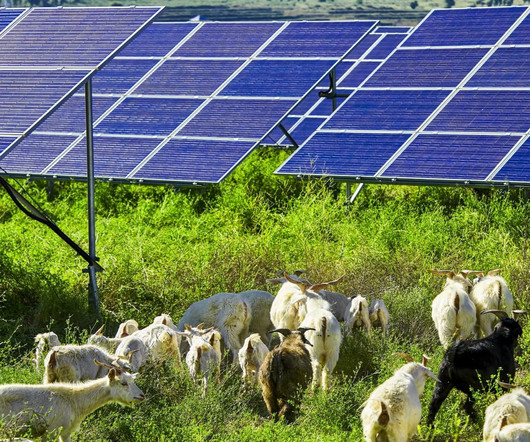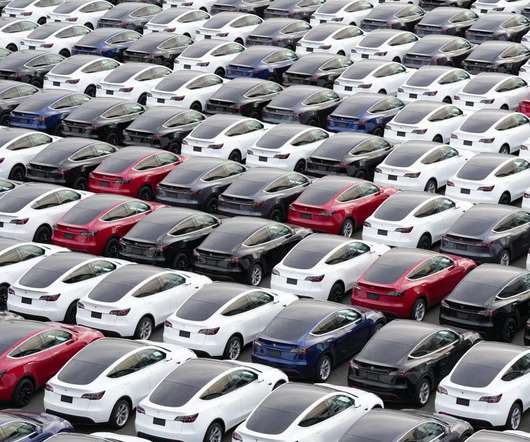1 in 5 new car sales globally were EVs in 2023, and that’s curbed oil demand – IEA
Baua Electric
MARCH 2, 2024
An exceptional shortfall in hydropower due to extreme droughts in the US, China, and several other economies resulted in over 40% of the rise in emissions in 2023 as countries turned largely to fossil fuels to plug the gap. Advanced economies saw a record fall in their emissions in 2023 even as their GDP grew. billion tonnes.































Let's personalize your content